3 dams in Franklin County, North Quabbin get funds for removal studies
| Published: 12-27-2023 5:39 PM |
With an eye toward increasing climate resilience and reducing public safety risk, preliminary design studies to examine the removal of three dams in Franklin County and the North Quabbin region are being backed by funding from the state Department of Fish and Game’s Division of Ecological Restoration.
These studies are intended to help owners of significant hazard dams assess the risks and opportunities associated with dam removal and provide the Division of Ecological Restoration with information that influences future ecological restoration and climate adaptation planning. A total of $350,000 will be divided evenly between seven dams statewide, including Dudleyville Pond Dam in Shutesbury, Colrain Lower Reservoir Dam in Colrain and Bates Power Reservoir Dam in Phillipston.
“We saw this summer the devastation that can be caused when aging infrastructure gets overwhelmed by extreme weather,” Energy and Environmental Affairs Secretary Rebecca Tepper said in a statement. “A few months ago, we released ResilientMass, our strategy to build safer, more resilient communities in the face of climate change. Through ResilientMass, we’re funding initiatives like this one to support local communities [in taking] on these tough challenges and [in funding] nature-based solutions to protect our residents.”
According to Department of Fish and Game Commissioner Tom O’Shea, the dam removal work also supports Gov. Maura Healey’s recent Biodiversity Executive Order by “restoring rivers and the plants and animals that depend on them.”
The qualifying projects include the Colrain Lower Reservoir Dam, located on East Brook, a coldwater fish resource, and upstream of critical habitat. The dam is owned by the Colrain Fire District, according to Colrain Town Administrator Kevin Fox, and the town applied for the grant on behalf of the self-governing district. Fox said the dam is no longer used.
“It is an old dam, full of silt,” he noted.
According to the National Inventory of Dams, the 15-foot concrete dam was constructed in 1902. It was marked as being in fair condition, but with significant hazard potential during its last inspection in 2012.
The other project in Franklin County is the privately owned Dudleyville Pond Dam located in Shutesbury. The dam is located on an unnamed tributary to the Sawmill River.
Article continues after...
Yesterday's Most Read Articles
 Political newcomer defeats Shores Ness for Deerfield Selectboard seat
Political newcomer defeats Shores Ness for Deerfield Selectboard seat
 South County Senior Center opts not to renew church lease after rift over LGBTQ program
South County Senior Center opts not to renew church lease after rift over LGBTQ program
 More than 130 arrested at pro-Palestinian protest at UMass
More than 130 arrested at pro-Palestinian protest at UMass
 As I See It: Between Israel and Palestine: Which side should we be on, and why?
As I See It: Between Israel and Palestine: Which side should we be on, and why?
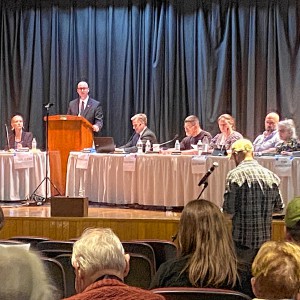 Moratoriums on large-scale solar, battery storage passed in Northfield
Moratoriums on large-scale solar, battery storage passed in Northfield
 Bridge of Flowers in Shelburne Falls to open on plant sale day, May 11
Bridge of Flowers in Shelburne Falls to open on plant sale day, May 11
According to the National Inventory of Dams, the 17-foot earth dam was constructed in 1950 for recreational use. It is owned by Lois Brown. Upon its last inspection in 2017, the dam was marked as a significant potential hazard in unsatisfactory condition.
Athol is another local community that will receive funding for a dam removal study. The Bates Power Reservoir Dam near Athol Road in Phillipston is owned by Athol, and according to Athol Town Manager Shaun Suhoski, it was acquired nearly a century ago. According to the National Inventory of Dams, it is 9 feet tall, covers an area of 230 acres and was completed in 1923. It is listed as being in poor condition with a significant hazard potential.
“Because the dam serves no functional purpose to the residents of Athol and remains subject to Office of Dam Safety oversight by the state, my goal is to eliminate this liability either by sale of the dam or by removal of same to mitigate future maintenance costs and any downstream liability risks,” Suhoski wrote in an email.
Athol Department of Public Works Superintendent Dick Kilhart said the reservoir was originally called the Athol Water Co. and was intended to be a public water supply, which was common in that time. This never happened, however, as the town has long since had its own well water system. In fact, Kilhart said it wasn’t until 2010 that the town even realized it owned the dam.
“In 2010, the Mass Office of Dam Safety came here and suggested that they needed to do some work and do some tree cutting,” he said. “There are some huge trees growing out of it and it was classified as a high-hazard dam.”
Kilhart said some minor work has been done, but the dam is largely unchanged from when the town first acquired it. At this time the dam cannot be dewatered — the process by which the water is removed from the reservoir.
“We’d need to create a structure to dewater, and this can get very expensive,” he said. “We’re a groundwater town, we’d never use [the reservoir]. There are a few homes around that pond. They could purchase it, and would need to maintain that pond.”
Kilhart said with the recent extreme weather, the Office of Dam Safety is adamant that extensive repairs be done. The reservoir itself is only about 4 feet deep, he said, and silt has built up over the years.
“It could wash some roads out, Athol Road or Route 2A,” Kilhart said on the possibility of a flood. “We’re just trying to look at it proactively and be presumptive with all these weather events that we’re having and get a sense of the options presented to us.”
According to the Department of Fish and Game, there are more than 3,000 dams in Massachusetts, most of which no longer serve their original purpose and many of which are in disrepair. These dams can result in poor water quality, blocked passage for fish and wildlife, increased flood risk, and public safety hazards. Removing unwanted dams fixes these issues and benefits communities through increased climate resilience and the elimination of dam operation and maintenance burdens for landowners.
These preliminary design studies, funded and led by the Division of Ecological Restoration, will gather and synthesize information for each dam to inform future removal projects.
“I am very grateful to the Healey-Driscoll administration for recognizing the importance of helping our small communities protect infrastructure,” state Rep. Susannah Whipps, I-Athol, said in a statement, “while also recognizing the importance of our waterways and local ecosystems.”
Reach Bella Levavi at 413-930-4579 or blevavi@recorder.com. Max Bowen can be reached at 413-930-4074 or at mbowen@recorder.com.

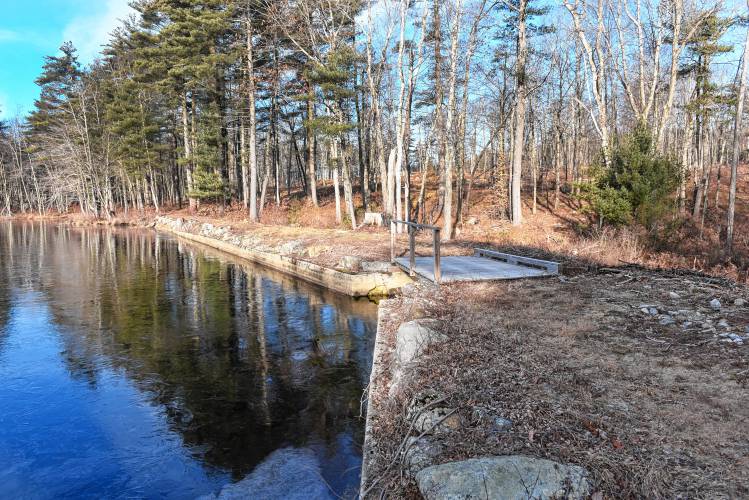
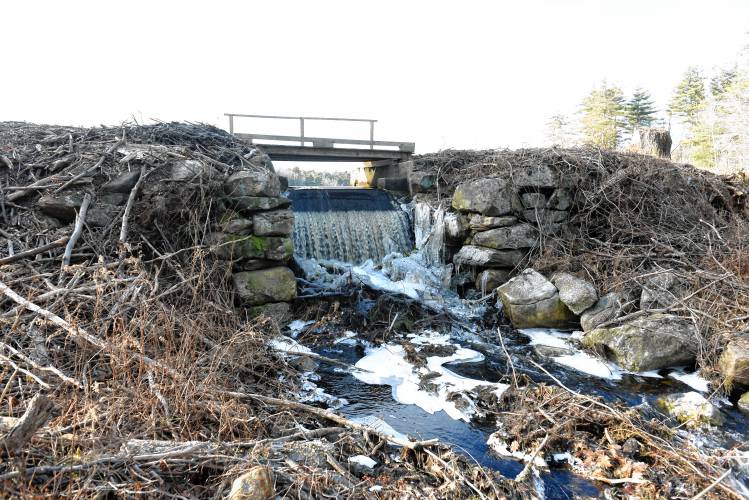
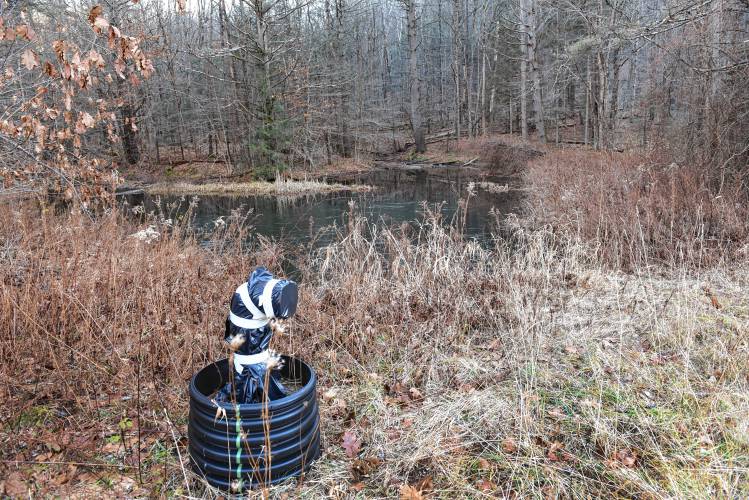
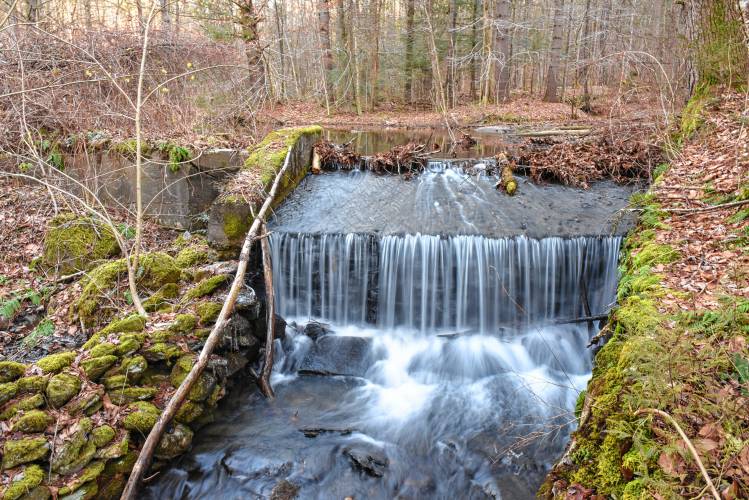
 Retired police officer, veteran opens firearms training academy in Millers Falls
Retired police officer, veteran opens firearms training academy in Millers Falls No surprises in Wendell election
No surprises in Wendell election New Salem election ushers in new Selectboard member
New Salem election ushers in new Selectboard member
